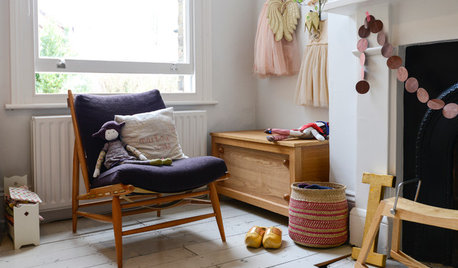Transplanting a large maple - What am I getting myself into?
jk96
16 years ago
Featured Answer
Sort by:Oldest
Comments (27)
IanW Zone 5 Ont. Can.
16 years agolast modified: 9 years agoDibbit
16 years agolast modified: 9 years agoRelated Professionals
Carlisle Landscape Architects & Landscape Designers · Surprise Landscape Architects & Landscape Designers · Kyle Landscape Architects & Landscape Designers · Forest City Landscape Architects & Landscape Designers · Brentwood Landscape Contractors · Fort Mill Landscape Contractors · Salmon Creek Landscape Contractors · Seven Hills Landscape Contractors · South Portland Landscape Contractors · Wailuku Landscape Contractors · Boulder Siding & Exteriors · Spartanburg Siding & Exteriors · Fort Pierce Decks, Patios & Outdoor Enclosures · Palm Beach Gardens Decks, Patios & Outdoor Enclosures · Rolling Meadows Stone, Pavers & Concretealabamatreehugger 8b SW Alabama
16 years agolast modified: 9 years agojk96
16 years agolast modified: 9 years agoIanW Zone 5 Ont. Can.
16 years agolast modified: 9 years agobadgering
16 years agolast modified: 9 years agojqpublic
16 years agolast modified: 9 years agojk96
16 years agolast modified: 9 years agowisconsitom
16 years agolast modified: 9 years agojk96
16 years agolast modified: 9 years agoDibbit
16 years agolast modified: 9 years agojk96
16 years agolast modified: 9 years agoarktrees
16 years agolast modified: 9 years agoDibbit
16 years agolast modified: 9 years agojk96
16 years agolast modified: 9 years agoprostrata
16 years agolast modified: 9 years agowisconsitom
16 years agolast modified: 9 years agojk96
16 years agolast modified: 9 years agojk96
16 years agolast modified: 9 years agoDibbit
16 years agolast modified: 9 years agowisconsitom
16 years agolast modified: 9 years agojk96
16 years agolast modified: 9 years agojk96
16 years agolast modified: 9 years agojk96
16 years agolast modified: 9 years agotreeguy123
16 years agolast modified: 9 years agolou_spicewood_tx
16 years agolast modified: 9 years ago
Related Stories

LIFEYou Said It: ‘It Was a Symbolic Gesture to Myself’ and More Quotables
Design advice, inspiration and observations that struck a chord this week
Full Story
GARDENING GUIDES12 Japanese Maples for a Sunny Garden
The right maple in the right place shines in hot summer sun
Full Story
SAVING WATERXeriscape Gardens: How to Get a Beautiful Landscape With Less Water
Conserve water and make gardening much easier with the xeriscape approach’s 7 principles
Full Story
TREES11 Japanese Maples for Breathtaking Color and Form
With such a wide range to choose from, there’s a beautiful Japanese maple to suit almost any setting
Full Story
FEEL-GOOD HOMESimple Pleasures: Get Cozy on a Cold Day
Some things are best when the weather is bad. Heat up some cocoa and join the discussion
Full Story
GARDENING GUIDES13 Japanese Maples for Shade
A surprising variety of these understory trees is waiting to make a statement in your shade garden
Full Story
LIFEGet the Family to Pitch In: A Mom’s Advice on Chores
Foster teamwork and a sense of ownership about housekeeping to lighten your load and even boost togetherness
Full Story
DESIGNER SHOWCASESGlamour Ahead: Get In on the 2013 San Francisco Decorator Showcase
Take an inspiring virtual tour of 20 luxurious spaces in a Georgian mansion that push design and decorating drama to the max
Full Story
DECORATING GUIDESA Mobile Home Gets a Bohemian-Chic Makeover
Designer infuses world traveler’s guesthouse with tribal textiles, Moroccan tiles and kilim rugs
Full Story
ORGANIZINGGet the Organizing Help You Need (Finally!)
Imagine having your closet whipped into shape by someone else. That’s the power of working with a pro
Full Story









jk96Original Author